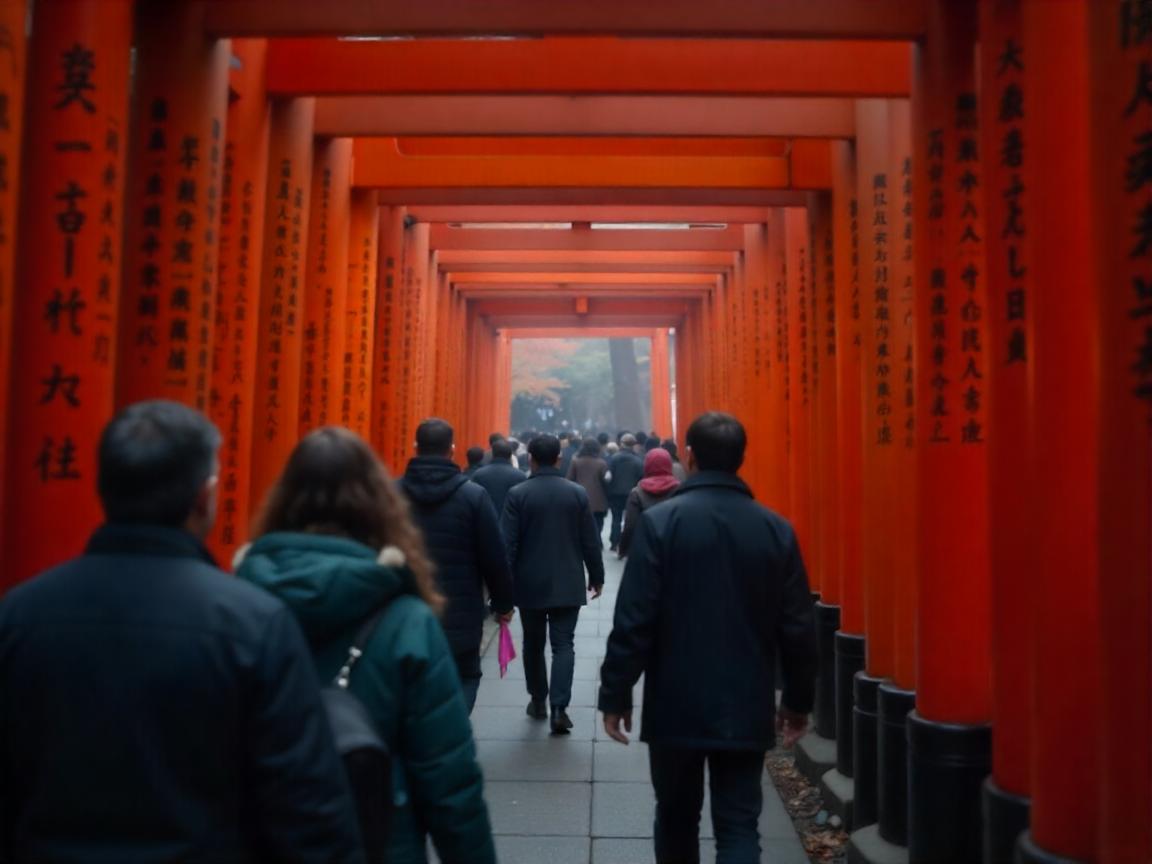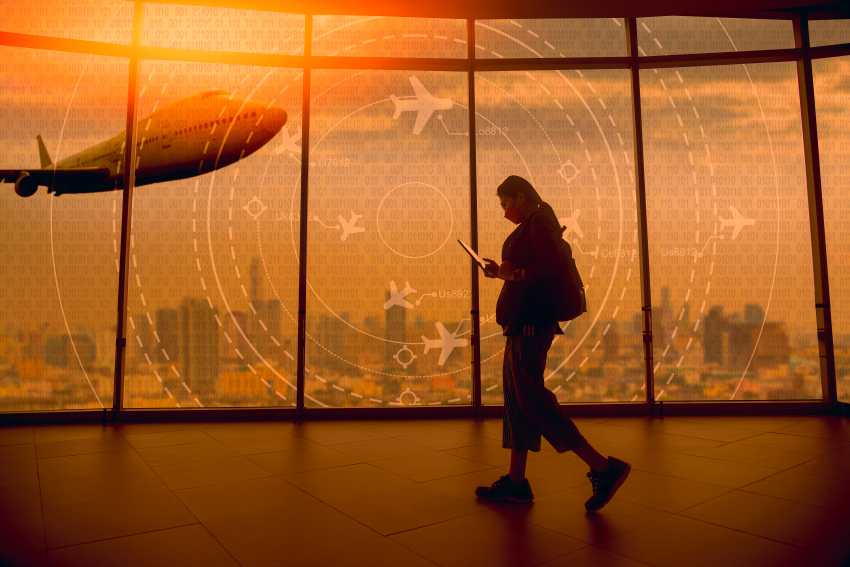Rising US Tourism to Japan in 2025

In the summer of 2025, US trips to Japan are experiencing an unprecedented surge, positioning the country as a premier international destination for American travelers, significantly surpassing traditional European hotspots like Paris. Data from aviation analytics firms, including OAG, indicates that over 1.5 million seats are scheduled for flights from the United States to Japan during June, July, and August, marking a substantial 6.4% increase compared to the previous year. This remarkable growth underscores a notable shift in global travel preferences, with Japan emerging as a leading choice for summer vacations.
Several key factors are driving this surge in demand for US trips to Japan. A primary driver is the highly favorable exchange rate between the US dollar and the Japanese yen. Over the past few years, the yen has weakened considerably against the dollar, reaching near-historic lows. For instance, $1,000 now exchanges for approximately 146,000 yen, a significant increase from 108,000 yen in June 2019. This depreciation of the yen has dramatically increased the purchasing power of American tourists, making Japan an exceptionally affordable destination without compromising on the quality of the travel experience. Complementing this affordability, airfares to Asia, including Japan, have also seen a reduction, averaging 11% less than the previous summer, according to Kayak’s data. This combination of a strong dollar and lower ticket prices has made Japan an accessible and compelling option for a wide range of American travelers.
US airlines have enthusiastically responded to this heightened demand. United Airlines, one of the largest carriers on US-Japan routes, has identified Japan as one of its “hottest destinations” for the summer season, reporting a 15% rise in bookings for its US-to-Japan flights compared to 2024. While United already operates extensive services, including up to 20 flights a day to Japan (17 to Tokyo, two to Osaka, and one to Nagoya), its competitors are also boosting capacity. Delta Air Lines has increased its capacity by nearly 7%, with a notable 20% rise in premium cabin offerings, and American Airlines has added 11% more seats, including deploying larger Boeing 777-200 aircraft on the Dallas-Fort Worth to Tokyo Narita route. This expansion in air traffic highlights a broader trend of Americans seeking out new international destinations post-pandemic, helping airlines offset slower domestic travel growth.
The growing interest in Japan also reflects a significant shift away from traditional European vacation spots. According to travel app Hopper, flight capacity from the US to Great Britain and Germany has decreased by 1.8% and 0.4% respectively, compared to last year. Travelers are increasingly seeking novel and unique experiences, with Japan’s distinct blend of modern attractions, rich cultural heritage, and diverse urban and natural landscapes proving highly appealing. Tokyo, in particular, has seen an uptick in flight bookings, solidifying its status as one of the world's most visited cities. Beyond the capital, cities like Osaka and Nagoya are also gaining traction, offering a mix of ancient temples and vibrant contemporary districts.
Japan’s tourism officials are optimistic about this rebound. The Japan National Tourism Organization (JNTO) reports a nearly 30% increase in US visitors to Japan through May 2025 compared to the previous year, signaling a strong post-pandemic recovery in the country’s tourism industry. This influx of American tourists is a major driver for Japan's efforts to attract international visitors, positioning the country as a key destination for those seeking diverse and adventurous experiences abroad. While travel from Japan to the United States has grown at a slower pace, the robust US-to-Japan traffic is crucial for the recovery of the Japanese tourism sector.
Interestingly, this surge in American visitors contrasts with a notable decline in bookings from neighboring Asian countries. Fear of another catastrophic earthquake, potentially influenced by viral manga predictions circulating on social media, has led to a dip in bookings from regions like Taiwan, South Korea, and Hong Kong. This creates a unique dynamic where American travelers are flocking to Japan while some Asian tourists show hesitation.
In conclusion, the summer of 2025 marks a pivotal moment for US travel to Japan. Fueled by favorable exchange rates, more affordable airfares, and a shifting preference among American travelers for new cultural experiences over traditional European destinations, Japan has cemented its position as a top-tier international holiday spot. Airlines are actively increasing capacity to accommodate this demand, ensuring continued growth in US-Japan travel for the foreseeable future. Japan offers an exciting and culturally rich exploration, making it an undeniable must-visit destination for travelers seeking an affordable and unique international adventure.










